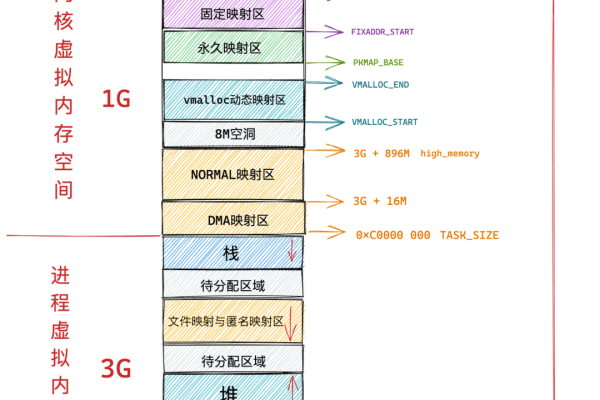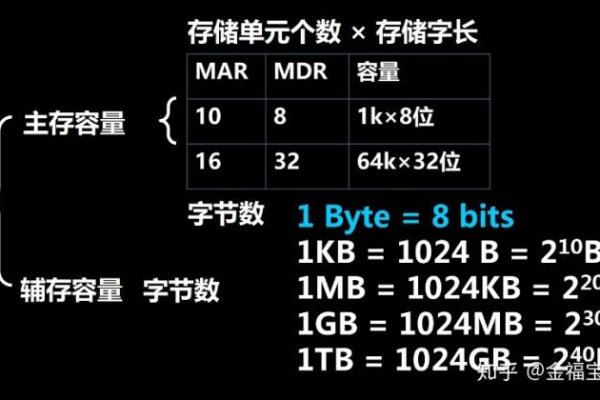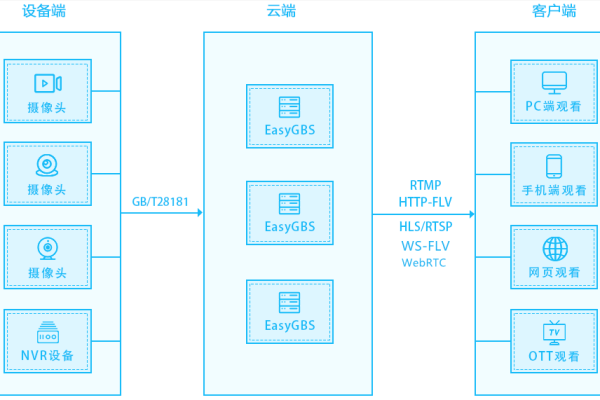div中存储xml
- 行业动态
- 2025-02-10
- 7
标签可以用来包含XML数据。` html,,,User,Admin,Reminder,Don't forget to check the system.,,,` ,这段代码展示了如何将XML数据嵌入到`标签中。
在现代Web开发中,将XML数据存储在HTML的<div>元素中是一种常见的需求,这通常用于前端展示和处理XML数据,而无需频繁地与服务器进行交互,以下是如何实现这一目标的详细步骤:
准备XML数据
需要有一段XML数据,假设我们有以下简单的XML数据,表示一些书籍信息:
<?xml version="1.0" encoding="UTF-8"?>
<books>
<book>
<title>Effective Java</title>
<author>Joshua Bloch</author>
<year>2008</year>
</book>
<book>
<title>Clean Code</title>
<author>Robert C. Martin</author>
<year>2008</year>
</book>
<book>
<title>You Don't Know JS</title>
<author>Kyle Simpson</author>
<year>2014</year>
</book>
</books> 2. 使用JavaScript将XML数据存储在<div>中
为了将上述XML数据存储在一个<div>元素中,可以使用JavaScript来动态创建和插入该数据,以下是一个示例代码:
<!DOCTYPE html>
<html lang="en">
<head>
<meta charset="UTF-8">
<meta name="viewport" content="width=device-width, initial-scale=1.0">
<title>Store XML in Div</title>
</head>
<body>
<div id="xmlContainer"></div>
<script>
// 定义XML字符串
const xmlString = `<?xml version="1.0" encoding="UTF-8"?>
<books>
<book>
<title>Effective Java</title>
<author>Joshua Bloch</author>
<year>2008</year>
</book>
<book>
<title>Clean Code</title>
<author>Robert C. Martin</author>
<year>2008</year>
</book>
<book>
<title>You Don't Know JS</title>
<author>Kyle Simpson</author>
<year>2014</year>
</book>
</books>`;
// 解析XML字符串为DOM对象
const parser = new DOMParser();
const xmlDoc = parser.parseFromString(xmlString, "application/xml");
// 获取容器div元素
const container = document.getElementById('xmlContainer');
// 遍历XML文档并生成HTML内容
let htmlContent = '<ul>';
const books = xmlDoc.getElementsByTagName('book');
for (let i = 0; i < books.length; i++) {
const book = books[i];
const title = book.getElementsByTagName('title')[0].textContent;
const author = book.getElementsByTagName('author')[0].textContent;
const year = book.getElementsByTagName('year')[0].textContent;
htmlContent +=<li><strong>${title}</strong> by ${author} (${year})</li>;
}
htmlContent += '</ul>';
// 将生成的HTML内容插入到容器div中
container.innerHTML = htmlContent;
</script>
</body>
</html> 解释代码工作原理
1、定义XML字符串:我们将XML数据定义为一个多行字符串,便于管理和修改。
2、解析XML字符串:使用DOMParser将XML字符串解析为一个可操作的DOM对象。
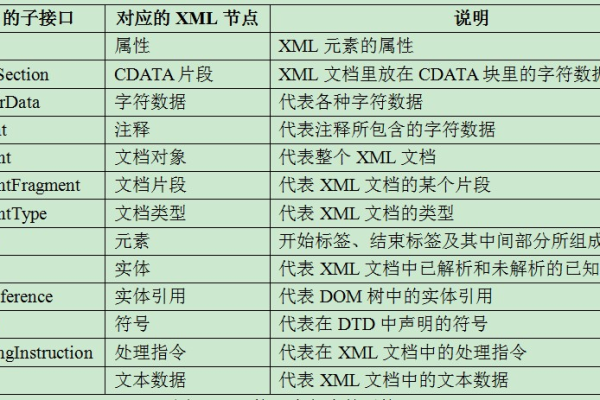
3、获取容器元素:通过document.getElementById获取页面上的容器<div>元素。
4、遍历XML文档:使用getElementsByTagName方法遍历XML文档中的每个<book>元素,并提取其子元素的文本内容。
5、生成HTML内容:构建一个包含书籍信息的无序列表(<ul>),并将每本书的信息作为列表项(<li>)添加到列表中。
6、插入HTML内容:将生成的HTML内容设置为容器<div>的innerHTML,从而在页面上显示出来。
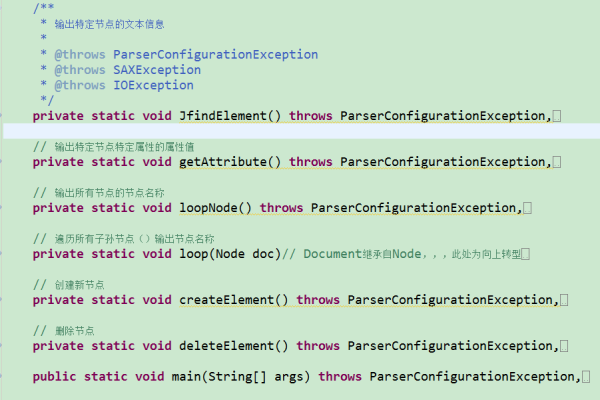
表格展示示例
为了更好地展示数据,可以将生成的HTML内容以表格形式呈现,以下是修改后的代码示例:
<!DOCTYPE html>
<html lang="en">
<head>
<meta charset="UTF-8">
<meta name="viewport" content="width=device-width, initial-scale=1.0">
<title>Store XML in Div</title>
<style>
table {
width: 100%;
border-collapse: collapse;
}
th, td {
border: 1px solid #ddd;
padding: 8px;
}
th {
background-color: #f2f2f2;
text-align: left;
}
</style>
</head>
<body>
<div id="xmlContainer"></div>
<script>
const xmlString = `<?xml version="1.0" encoding="UTF-8"?>
<books>
<book>
<title>Effective Java</title>
<author>Joshua Bloch</author>
<year>2008</year>
</book>
<book>
<title>Clean Code</title>
<author>Robert C. Martin</author>
<year>2008</year>
</book>
<book>
<title>You Don't Know JS</title>
<author>Kyle Simpson</author>
<year>2014</year>
</book>
</books>`;
const parser = new DOMParser();
const xmlDoc = parser.parseFromString(xmlString, "application/xml");
const container = document.getElementById('xmlContainer');
let htmlContent = '<table><tr><th>Title</th><th>Author</th><th>Year</th></tr>';
const books = xmlDoc.getElementsByTagName('book');
for (let i = 0; i < books.length; i++) {
const book = books[i];
const title = book.getElementsByTagName('title')[0].textContent;
const author = book.getElementsByTagName('author')[0].textContent;
const year = book.getElementsByTagName('year')[0].textContent;
htmlContent +=<tr><td>${title}</td><td>${author}</td><td>${year}</td></tr>;
}
htmlContent += '</table>';
container.innerHTML = htmlContent;
</script>
</body>
</html> FAQs
Q1: 如何在不使用JavaScript的情况下将XML数据存储在<div>中?
A1: 如果不使用JavaScript,可以通过服务器端语言(如PHP、Python等)将XML数据转换为HTML,然后在客户端直接嵌入生成的HTML内容,使用PHP可以这样做:
<?php
$xmlString = <<<XML>
<?xml version="1.0" encoding="UTF-8"?>
<books>
<book>
<title>Effective Java</title>
<author>Joshua Bloch</author>
<year>2008</year>
</book>
<!-More books -->
</books>
</XML>;
$xmlDoc = simplexml_load_string($xmlString);
echo '<div id="xmlContainer"><ul>';
foreach ($xmlDoc->book as $book) {
echo '<li><strong>' . $book->title . '</strong> by ' . $book->author . ' (' . $book->year . ')</li>';
}
echo '</ul></div>';
?> 然后将此PHP文件部署到服务器上,并在浏览器中访问即可看到结果。
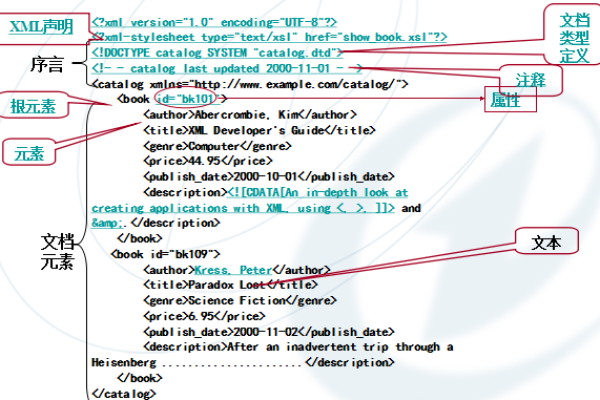
Q2: 如何处理XML数据中的命名空间?
A2: 如果XML数据中使用了命名空间,需要在解析时正确处理这些命名空间,使用JavaScript的DOMParser时,可以在解析后检查节点的命名空间URI,并根据需要进行相应的处理,以下是一个简单的示例:
const xmlString = `<?xml version="1.0" encoding="UTF-8"?>
<ns:books xmlns:ns="http://example.com/ns">
<ns:book>
<ns:title>Effective Java</ns:title>
<ns:author>Joshua Bloch</ns:author>
<ns:year>2008</ns:year>
</ns:book>
<!-More books -->
</ns:books>`;
const parser = new DOMParser();
const xmlDoc = parser.parseFromString(xmlString, "application/xml");
const namespaceURI = "http://example.com/ns";
const books = xmlDoc.getElementsByTagNameNS(namespaceURI, 'book');
for (let i = 0; i < books.length; i++) {
const book = books[i];
const title = book.getElementsByTagNameNS(namespaceURI, 'title')[0].textContent;
const author = book.getElementsByTagNameNS(namespaceURI, 'author')[0].textContent;
const year = book.getElementsByTagNameNS(namespaceURI, 'year')[0].textContent;
console.log(Title: ${title}, Author: ${author}, Year: ${year});
} 在这个示例中,我们使用了getElementsByTagNameNS方法来指定命名空间URI,从而正确获取带有命名空间的元素。
小编有话说
将XML数据存储在<div>中并通过JavaScript进行处理,是一种灵活且高效的方式来动态展示和管理数据,无论是简单的列表展示还是复杂的表格布局,都可以通过这种方法轻松实现,了解如何处理命名空间等高级特性,可以帮助开发者更好地应对各种复杂的XML数据场景,希望本文能为您在实际开发中提供有价值的参考和帮助!
